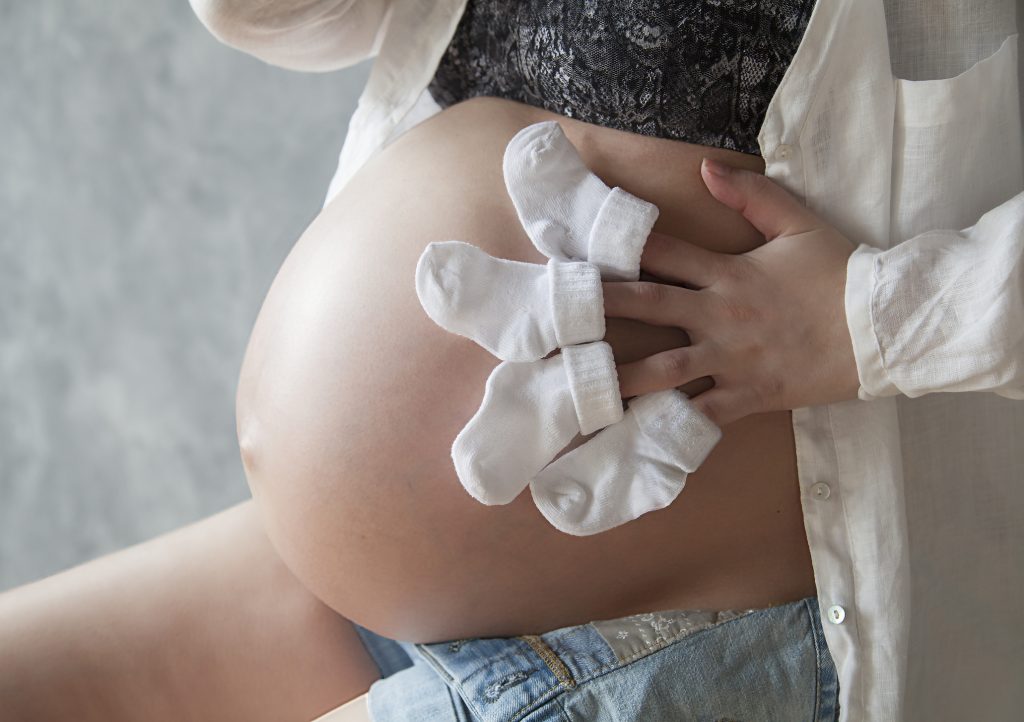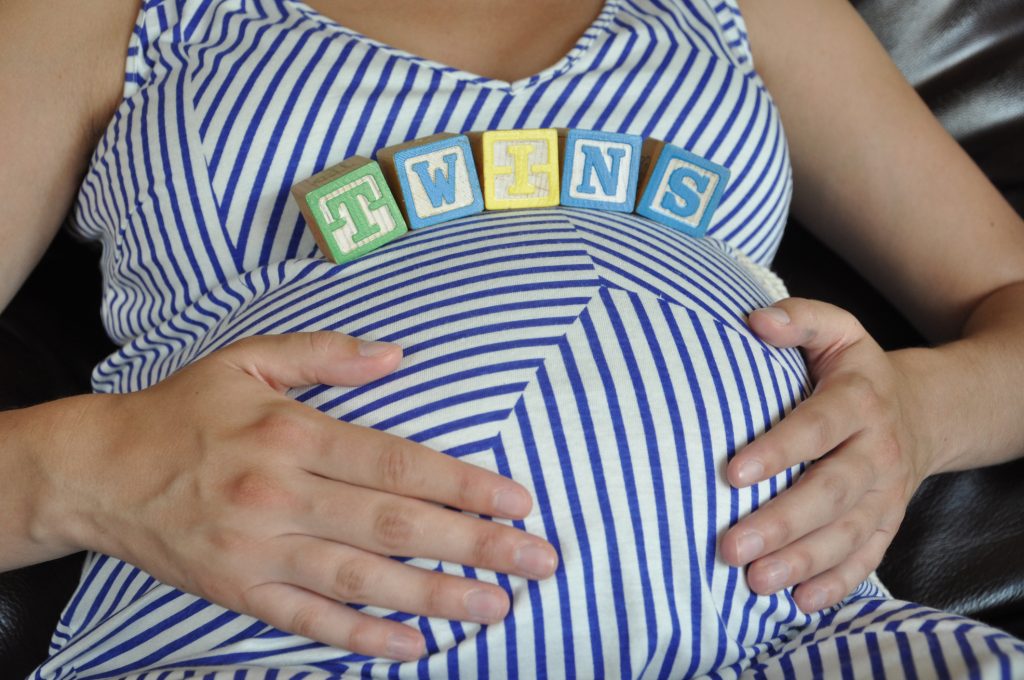This blog was medically reviewed by Catherine Bigelow, MD, maternal-fetal medicine specialist and co-director of the cardio obstetrics program at Allina Health.
Expecting twins, triplets, or a multiple pregnancy can be both exciting and overwhelming. Understanding the signs and symptoms of a multiple pregnancy is crucial for expecting parents.
Multiple pregnancies, such as twins or triplets, come with unique challenges and joys. Keep reading to learn what multiple gestation is, how multiple pregnancies happen, symptoms of a multiples pregnancy, how multiples are delivered and so much more. By the end, you’ll have a comprehensive understanding of what to expect and how to prepare for a multiple pregnancy.
Expecting twins or triplets? Connect with a trusted provider at The Mother Baby Center to receive expert care for your multiple pregnancy.

What is multiple gestation?
Many people wonder, “What is multiple gestation?” Multiple gestation refers to a pregnancy where a pregnant person carries more than one fetus in their womb at the same time. This is different than when a pregnant person only carries one fetus in their womb, also known as a singleton pregnancy.
There are different types of multiple pregnancies. You could be pregnant with twins, triplets, quadruplets, quintuplets and more. However, the chances of being pregnant with multiples go down as the numbers go up. For example, twins are more common than triplets, triplets are more common than quadruplets and so on.
How does a multiple pregnancy happen?
A multiple gestation pregnancy can occur due to various biological factors, like family history, using fertility treatments, age and more.
Using fertility treatments, such as in vitro fertilization (IVF), significantly increases the likelihood of conceiving multiples. Additionally, a family history of twins or triplets can also play a role. Chances of having a multiples pregnancy rise when someone is over the age of 35 as well. Understanding these factors can help expecting parents prepare for the possibility of a multifetal pregnancy.
Signs of multiple pregnancy
Early signs of multiple pregnancy may include different physical signs, like rapid weight gain, feeling movement in different parts of your stomach at the same time and more. However, beyond just the signs of multiples, the definitive way to confirm multiples is through an ultrasound, which can detect the presence of more than one fetus.
Common multiple pregnancy signs include:
- Larger uterus
- Rapid weight gain
- Feeling movement in different parts of your stomach at the same time
Symptoms of a multiples pregnancy
Carrying multiples often results in more intense symptoms compared to a singleton pregnancy, like more intense tiredness and severe morning sickness. Carrying multiples can impact your body differently than if you were only carrying one baby. Below are some symptoms of a multiple pregnancy:
- Heightened fatigue
- Increased back pain
- More morning sickness than normal
- Increased appetite
How are twins, triplets and other multiples delivered?
The type of delivery for multiples can vary depending on several factors, including the position of the babies and the health of the parent. A normal twins birth may be delivered vaginally if both are in a favorable position, while being pregnant with triplets or higher-order multiples often require a cesarean section, also known as a C-section.
The Mother Baby Center provides expert care to support parents through every step of delivering multiples. Learn more about labor induction in our guide.
Multifetal pregnancy complications
The first and most common risk with a multiple birth pregnancy is pre-term birth. Pre-term birth is when a baby is born before 37 weeks of gestation, meaning they are not being born at full term. Some of the development a fetus needs happens between those last few weeks before birth, so they will need expert care to help get them to where they need to be once they are born.
Other risks include gestational diabetes and preeclampsia. During your multiple pregnancy, you will likely need specialized care and more frequent monitoring to ensure the best possible outcome for both the parent and the babies.
Why is a multiple gestation pregnancy considered high risk?
A pregnancy with more than one baby is considered high-risk because of the higher risk of complications listed above that may occur during your multifetal gestation.
Having a high-risk pregnancy is why it’s important to choose a physician who can deliver at a facility like The Mother Baby Center, where you get expert care and any complication that may arise, particularly pre-term labor, can be handled by the expert team.

Start your multiples pregnancy journey with The Mother Baby Center
Embarking on a multiples pregnancy journey can be a little scary, but with the right support, it can also be incredibly rewarding. The Mother Baby Center offers comprehensive care and resources to guide you through every stage of your pregnancy. Connect with our expert team today to ensure a healthy and happy experience for you and your babies.